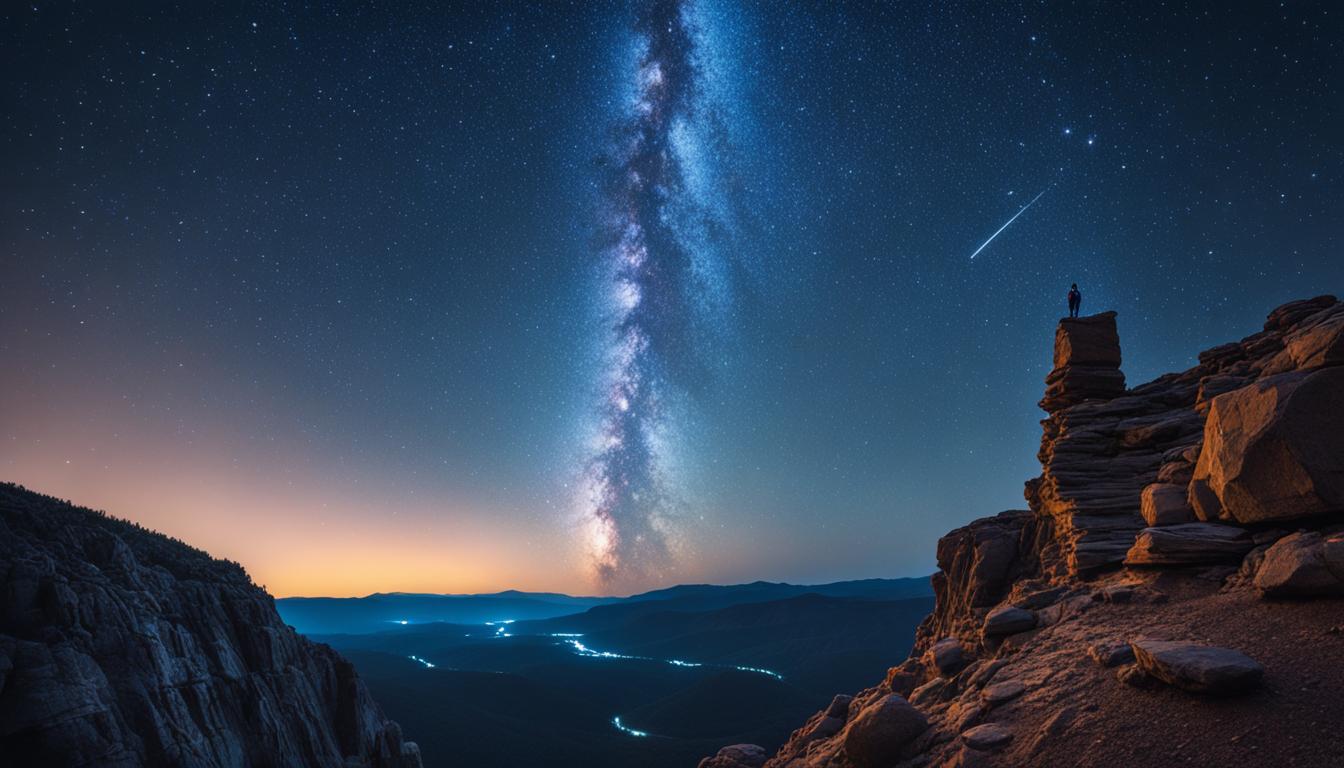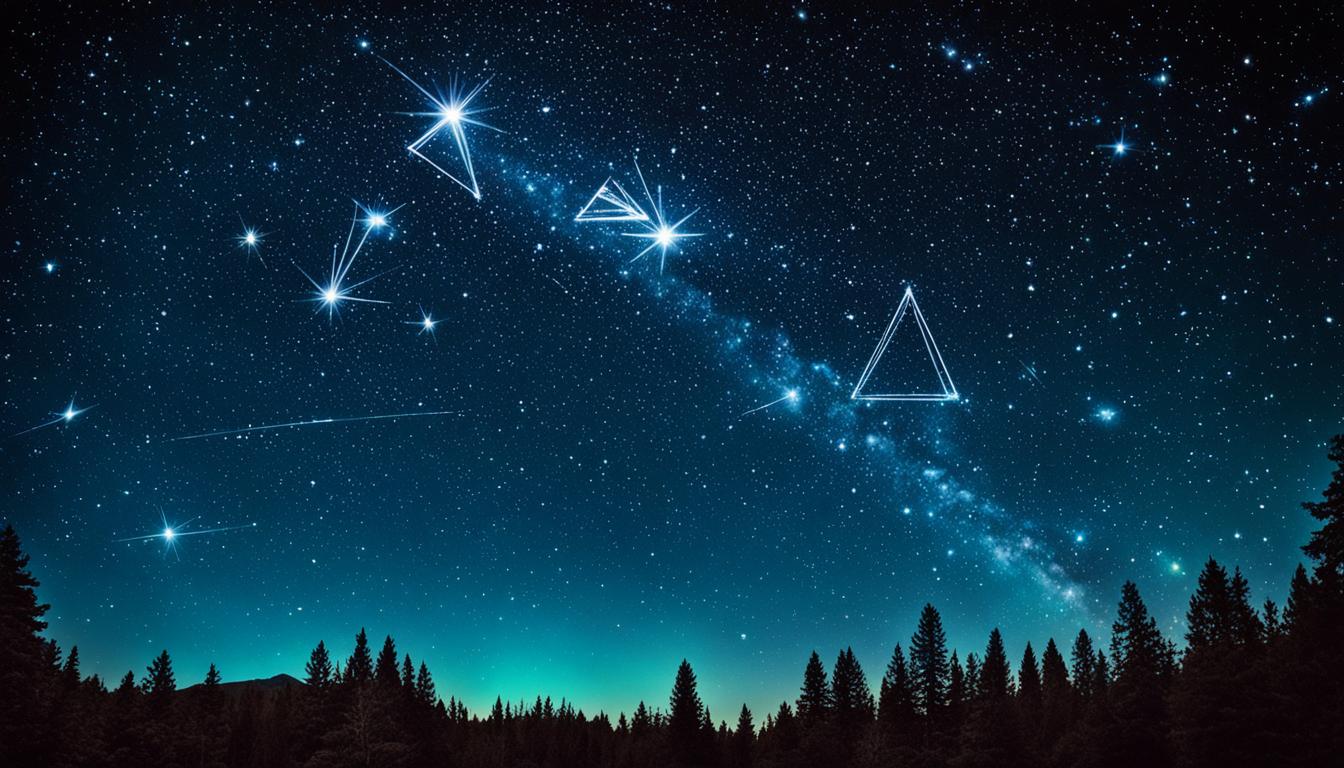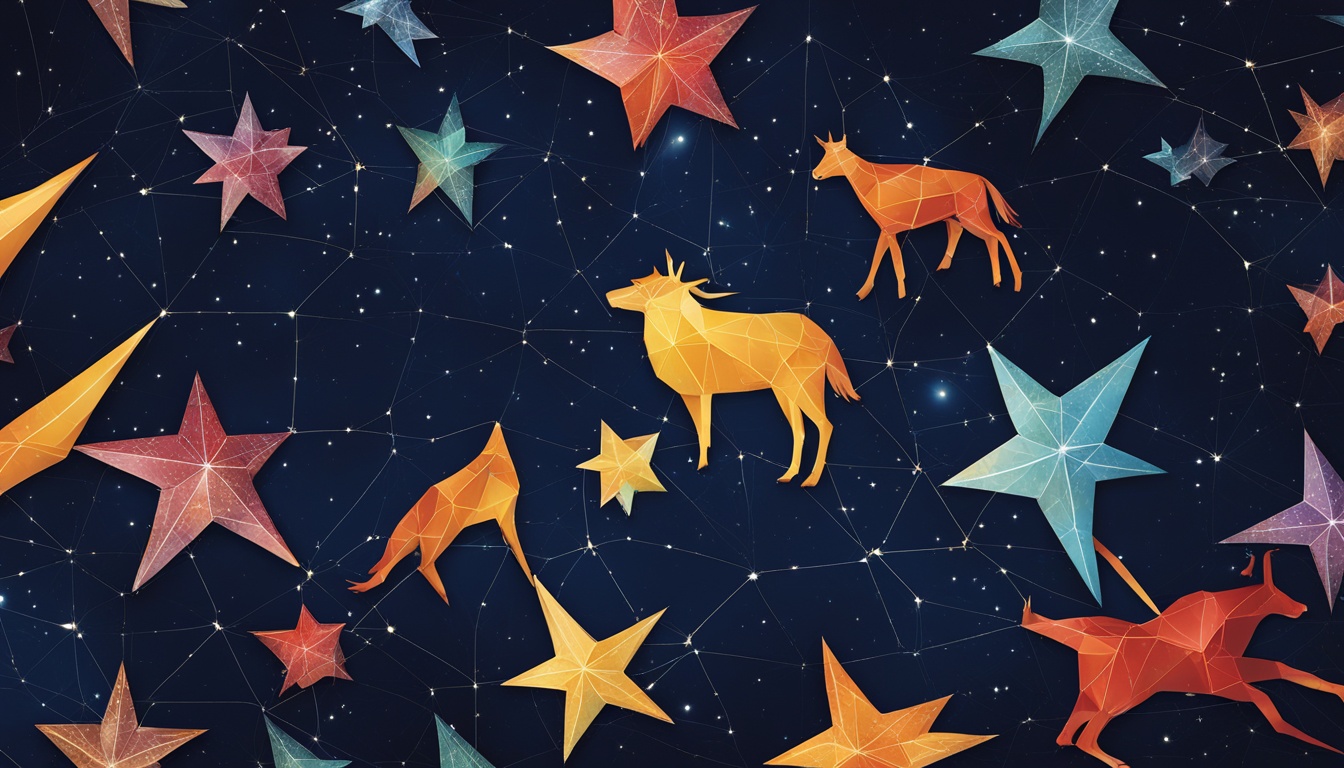I’ve talked a lot about constellations lately, explaining what they are and how they form. But do you know how many constellations are there? It’s both a simple and a complex answer. Early people used stars to find their way and keep track of time. Now, these star groupings tell stories and share cultural history.
Our interest in star patterns goes back ages. It shows our natural desire to find patterns and meaning in the heavens. Some constellations can only be seen in the north of the Earth, while others are seen from the south. Each one connects cultures through stories that have been shared for centuries.
See also: What is a Bubble Universe? Bubble Universe Theory
In short, there are a total of 88 constellations recognized by official bodies. Of course, you can’t see all of them simultaneously or with the naked eye due to their sizes, light pollution, and other stuff. But you can see some of them. The 88 constellations were agreed on by experts in the 20th century to make studying the sky easier. Let’s see how many constellations are there in detail, what are they, and the biggest constellations.

Introduction to Constellations: How Did Constellations Get Their Names?
Ever thought about where the names of constellations came from? Their names link back to rich cultures and stories. Many come from Greek myths, thanks to Ptolemy and his book, the Almagest.
At first, Ptolemy listed 48 constellations in the Almagest. By 1922, the International Astronomical Union added more, reaching 88. This move aimed to make a universal map of the sky. It includes figures from myths, animals, and objects, showing different tales and traditions of people through time.
Stars and their patterns have stayed the same for centuries, giving a feeling of timelessness in the sky. Yet, constellations change with the observer’s place and the season. This makes each culture’s view of the sky special, with its names for the stars.
Around the 4th century BC, the Greeks mixed their knowledge with the Babylonians’. They added new star figures to their maps, inspired by myths2. This made their sky stories richer. The Egyptians, too, mixed Greek and Babylonian ideas, creating the Zodiac of Dendera with Roman help2. Meanwhile, they kept their own sky watch in China, giving further depth to the night’s stories.
All Known Constellations: The 88 Constellations defined by IAU
Looking up at night, we find the International Astronomical Union (IAU) has named 88 constellations. These are the *IAU recognized constellations*. They were all decided upon in 1922, covering the whole night sky.
These 88 constellations are marked important by the International Astronomical Union (IAU). These constellations fill the entire sky like a giant map, guiding us through the stars.
Out of the 88, 36 are in the north and 52 in the south. This split gives us a complete view of Earth. The group includes the Zodiac, with its famous twelve or perhaps thirteen constellations.
Different world cultures inspired the constellations we use today. For example, from 3000 BC artifacts in Mesopotamia to later Greek interpretations. Their unique stories made these patterns vital to our view of space.
About half of the constellations relate to Greek myths, adding rich stories to the stars. Some constellations can be seen all night and all year from certain places. We call these circumpolar. They are guides in the sky and reminders of old stories.2
I will not list all 88 constellations here just because it’s unnecessary. You can find them in more detail on IAU’s website.
Defining the Boundaries
In the past, creating boundaries for constellations was not clear. Before 1925, there were over a hundred different constellations on star charts, which caused a lot of confusion. Then, in 1925, Belgian astronomer Eugène Delporte drew the lines. He based these lines on right ascension and declination, much like how we map Earth’s locations using longitude and latitude4. His work was published in 1930, setting the standard for defining constellations in the sky4.
Official Recognition by the IAU
The path to a common agreement was steady. The IAU made the 88 constellations official in 1928, blending ancient Greek patterns with new astronomical findings. Each constellation was given a Latin name for identifying stars in both nominative and genitive forms. The IAU also assigned three-letter abbreviations to each one, ensuring uniformity in naming stars around the world5. This step greatly improved our knowledge of the sky, showing the importance of these 88 constellations in today’s astronomy.
Constellations and Asterisms
Looking up at the night sky, you might spot familiar shapes like the Big Dipper. These are known as asterisms, not full constellations. The Big Dipper is part of Ursa Major. In some cultures, it’s called Ursa Major’s Plough. The Summer Triangle is another famous asterism in the Northern Hemisphere, made of Deneb, Vega, and Altair. These shapes mean a lot to people around the world.

The International Astronomical Union (IAU) set out 88 official constellations in 1922. Yet, societies have long seen patterns in the stars. Both Mesoamericans and the Chinese identified groups of stars within larger constellations. This shows the variety of ways cultures interact with the sky. Today, these traditions continue worldwide.
Asterisms are helpful for those who love observing the sky. For example, the Big Dipper helps to find the North Star, Polaris. This is why these patterns are important. They aid in navigation and add to our enjoyment of the night sky.
7 Largest Constellations
There are 88 constellations in the sky, but 7 are especially big. These main ones stand out. They have both deep stories and important positions in the sky. You can also see these quite easily in the sky when the time is right and you are in a good position. Additionally, you can take these as your base and find other, smaller constellations.
Virgo Constellation
Virgo covers 3.1% of the night sky. It’s part of the Zodiac and is called Kanya in India. This group of stars shows a virgin maiden and links to many myths.
Orion Constellation
Orion, the Hunter, is known for his bright stars. In India, it’s called Mriga. His three-star belt points to Sirius, the brightest in the sky. Orion is easy to spot, thanks to these clear patterns.
Hydra Constellation
Hydra is the biggest, covering 3.2% of the sky. It’s shaped like a water snake. With 1303 square degrees, it takes up a lot of space in our view of the stars.

Ursa Major Constellation
Ursa Major is home to the Big Dipper. It’s the biggest in the north, taking up 3.1% of the sky. Six of its stars are essential for finding directions in the north.
Cetus Constellation
Cetus, or the Whale, covers 3% of the sky. It’s one of the largest groups of stars. The constellation tells the story of a sea monster from Greek myths. This shows the rich stories in the stars.
Hercules Constellation
Helcurles take up 3% of our view. It shows a legendary hero. The stars in Hercules tell of grand adventures from ancient Greece and Rome.
Conclusion
To sum up, knowing how many constellations are there is actually quite easy. Officially, we have a number set by IAU. The International Astronomical Union named 88 constellations in 1922, and we still go by the same number. This makes it easier for us to see the night sky and feel like a part of it.
Ancient people started recognizing constellations over 5000 years ago. They left records on stones and clay in Mesopotamia. Egyptians and Chinese added to this by making their own star groups and stories. So, looking at stars has always been a way for us to share our stories and learn about the world.
Today, astronauts at NASA learn to navigate using the stars in case their tech stops working. Events like the Orionid meteor shower make us look up every October.
Studying constellations connects us with people from long ago. It helps us see the beauty and order in the universe. For mind-boggling navigation, exciting stories, or just being amazed by the sky, looking at constellations is a key part of our history.
FAQ
How many constellations are there?
The International Astronomical Union (IAU) recognizes 88 constellations.
How did constellations get their names?
Different cultures named constellations, often based on their mythology and local tales. The Greeks, through figures like Ptolemy, named many parts of the night sky.
What is the difference between a constellation and an asterism?
A constellation marks an official sky area with its own stars, myths, and names. On the other hand, an asterism is a star pattern within a constellation, like the Big Dipper inside Ursa Major.
Who defined the official boundaries of constellations?
Belgian astronomer Eugène Delporte set the boundaries of constellations in 1928. This was later approved by the IAU.
Can constellations be seen from both the northern and southern hemispheres?
Yes, some constellations are visible worldwide, while others are seen only in the northern or southern hemispheres. This is due to our planet’s tilt and shape.
What are the largest constellations in the sky?
The biggest constellations include Virgo, Orion, Hydra, Ursa Major, Cetus, and Hercules, out of the 88 in total.
What is the significance of the 88 constellations recognized by the IAU?
Recognizing 88 constellations helps astronomers speak the same language in the sky. It aids in research and keeps us looking at the stars in a standardized way.
What role have constellations played in human history?
Constellations have been key for navigation, telling time, and sharing stories worldwide. They act as maps in the sky, guiding people and sparking myths about the universe.
Are all star patterns considered constellations?
All the star patterns in the sky are not constellations. Only the 88 areas named by the IAU as such are official. Others, like the Southern Cross, are known as asterisms.